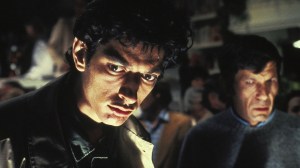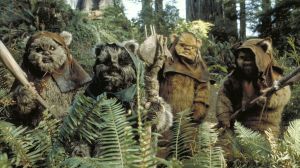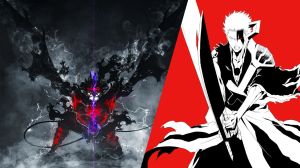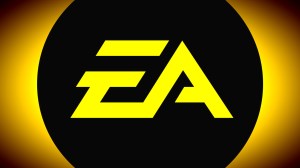The James Webb Space Telescope (JWST) sent its first photo back to Earth just over two years ago, communicating with researchers from a point in space nearly a million miles away. Looking into the furthest corners of the known universe, the JWST has returned some of the most epic pictures of the cosmos humanity has ever seen. For its second birthday celebration, the space observatory kept up appearances, taking a snapshot of two colliding galaxies that formed a beautiful cosmic disruption.
Videos by ComicBook.com
In the picture, a galaxy scientists call the Penguin can be seen “embracing” another they’ve poetically dubbed the Egg. Though two separate galaxies now, they are actively in the process of merging into a single galaxy, something experts say could take “hundreds of millions of years.”
“In just two years, Webb has transformed our view of the universe, enabling the kind of world-class science that drove NASA to make this mission a reality,” said Mark Clampin, director of the Astrophysics Division at NASA Headquarters in Washington. “Webb is providing insights into longstanding mysteries about the early universe and ushering in a new era of studying distant worlds, while returning images that inspire people around the world and posing exciting new questions to answer. It has never been more possible to explore every facet of the universe.”
What is the Webb Space Telescope?
In short, the Webb observatory is the successor to the Hubble Space Telescope. Using its new technology, scientists have been able to examine parts of the known universe previously unobservable.
“If you think about that, this is farther than humanity has ever moved before,” NASA administrator Bill Nelson previously said of the JWST. “And we’re only beginning to understand what Webb can and will do. It’s going to explore objects in the solar system and atmospheres of exoplanets orbiting other stars, giving us clues as to whether potentially their atmospheres are similar to our own.”
“Our goals for Webb’s first images and data are both to showcase the telescope’s powerful instruments and to preview the science mission to come,” astronomer Klaus Pontoppidan, Webb project scientist at STScI, added of the images. “They are sure to deliver a long-awaited ‘wow’ for astronomers and the public.”
For additional space and cosmic stories, check out our ComicBook Invasion hub here.








